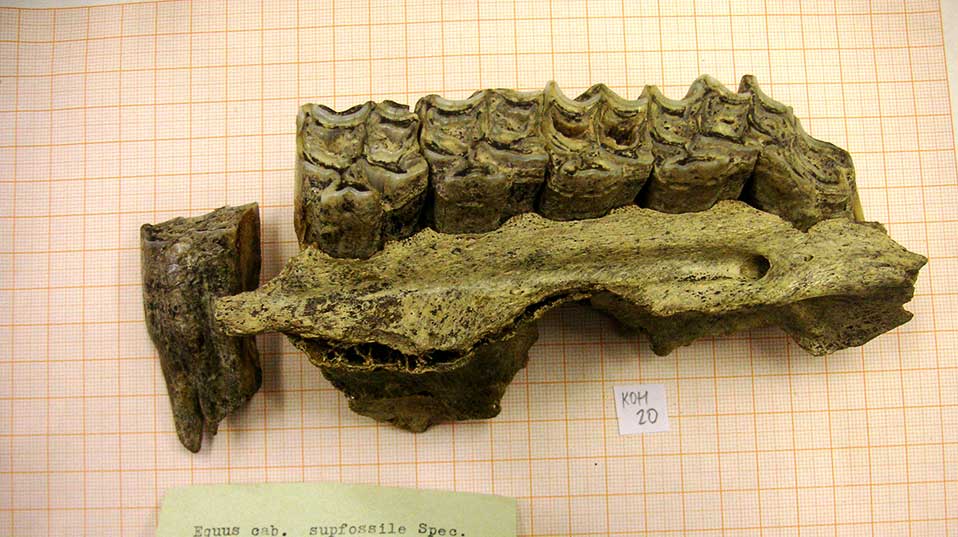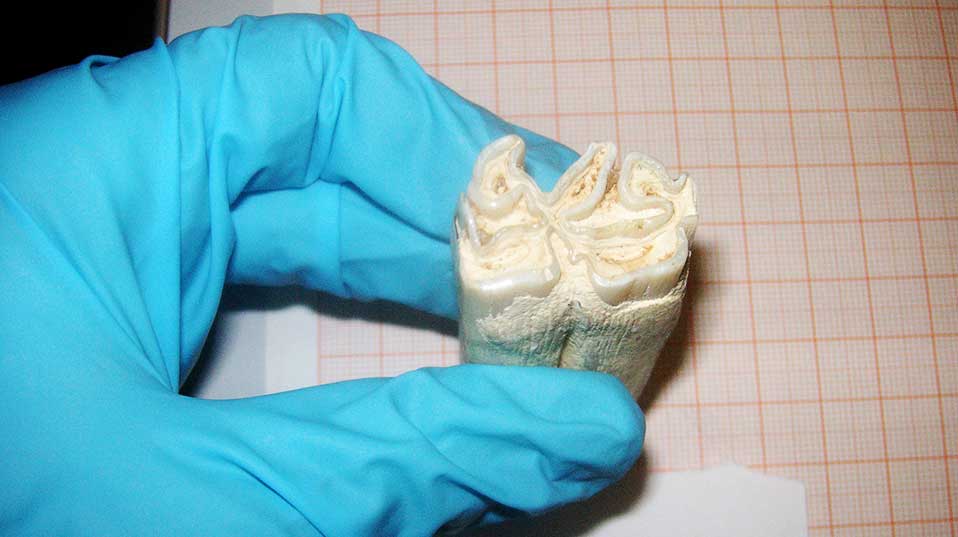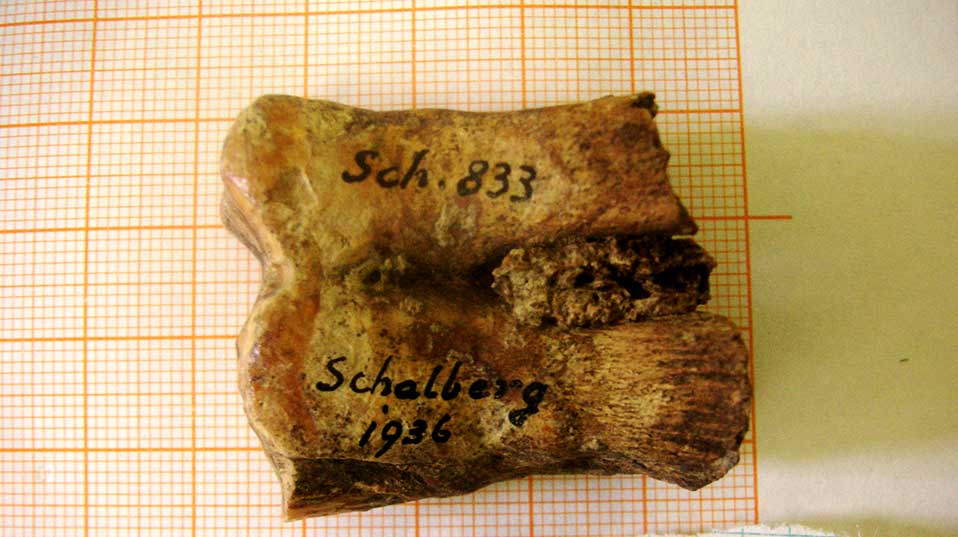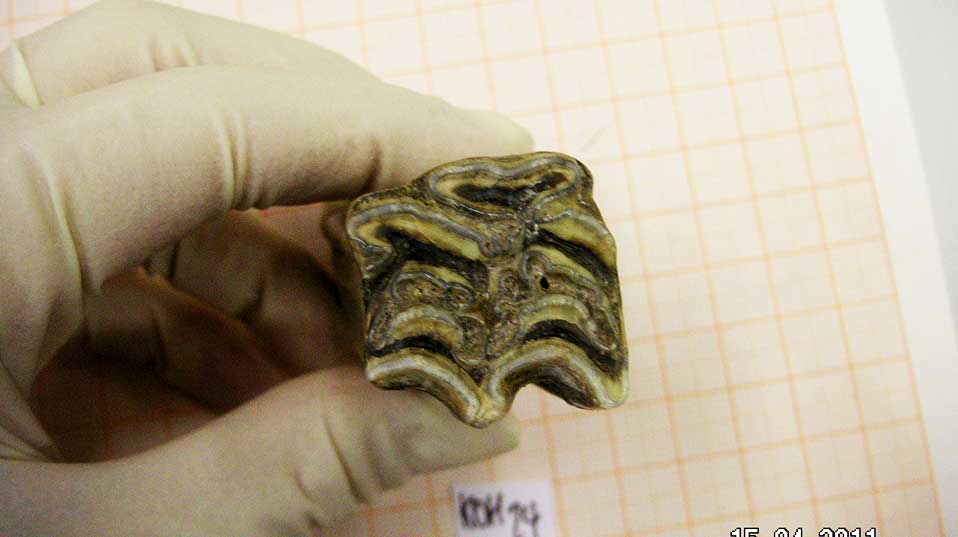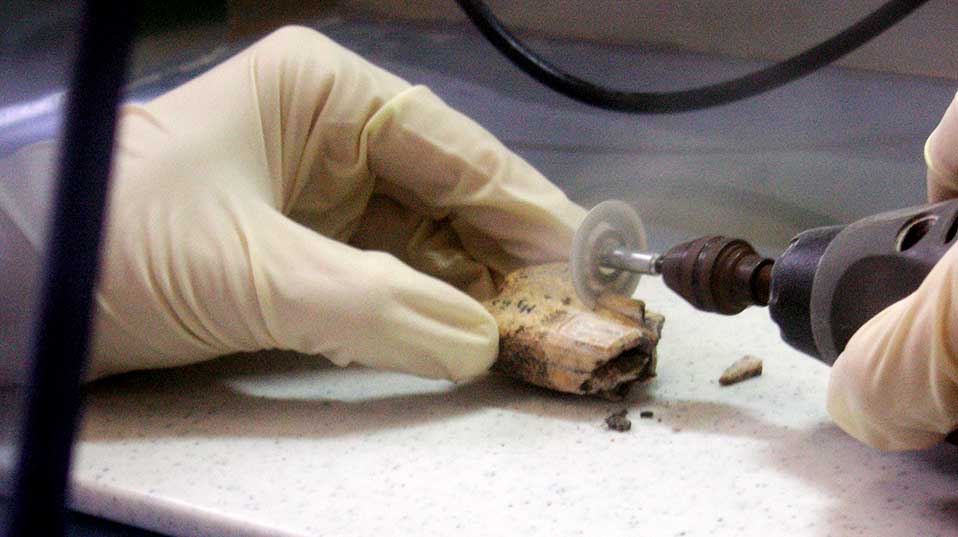Ancient Bones Reveal Insights Into Swiss Wild Horse Population
Researchers from the University of Basel have, for the first time, studied how regional environmental changes influenced the populations of wild horses in Switzerland 25,000 years ago. Their results show: Contrary to the wild horses in the Eurasian steppe; the Swiss population grew considerably after the end of the last Ice Age. The journal Plos One has published the results.
09 June 2017
The horse was domesticated around 5,500 years in the Central Asian steppe in Kazakhstan. Its wild ancestors went extinct at the beginning of the 20th century. Although there still are wild horses such as the Przewalski horse, they are not ancestors to the domestic horse. Archaeological and paleontological remains are therefore the only sources to study the history of wild horses.
Bones and teeth from the Ice Age
On a large geographical scale, changes in animal population distribution and abundance are driven by environmental changes due to natural or anthropogenic processes. However, so far, little is known about the dynamics that influence a population on a regional scale. Researchers from the Department of Integrative Prehistory and Archaeological Science (IPNA) at the University of Basel have now, for the first time, conducted a chronological genetic study with a local focus on remains from present-day Switzerland.
They investigated 92 archaeological horse remains from nine sites mainly adjacent to the Swiss Jura Mountains and different time periods. Some of the remains date back to the last glacial maximum around 25,000 years ago when large parts of Switzerland were covered by a thick layer of ice. Other bones were from the ensuing period when plants, animals, and humans began to take over the land again.
Maternal line of ancestry
The scientists analyzed the DNA of the remains to investigate a short genome sequence of the mitochondrion. The mitochondrion is passed on only by the mother and thus gives insight into the maternal line of ancestry of these animals.
The statistical analysis showed that, over the course of time, large changes in structure and size of the horse population in Switzerland occurred. After the ice had retreated, new populations of horses immigrated to present-day Switzerland. The population quickly increased, and existing groups that had survived the glacial maximum in the region of the Rhine's knee were replaced. At the same time, the situation in the Eurasian steppe developed contrarily. There, in the home region of the horse, populations declined significantly after the last glacial period.
In Switzerland, the wild horse went extinct at the end of the Neolithic period. Since archaeological horse remains from this time are very scarce, this process is difficult to study genetically. This first study with regional focus shows that climatic and anthropogenic environmental changes can have different effects on population development of a species locally.
Original source
Julia Elsner, Michael Hofreiter, Jörg Schibler, Angela Schlumbaum
Ancient mtDNA diversity reveals specific population development of wild horses in Switzerland after the Last Glacial Maximum
Plos One (2017), doi: 10.1371/journal.pone.0177458
Further information
Jörg Schibler, University of Basel, Integrative Prehistory and Archaeological Science, Tel. +41 61 207 42 12, email: joerg.schibler@unibas.ch

